Much has been written about white working-class men this political cycle because they represent the voting base on which Republican candidate Donald Trump largely depends. Yet recent polling suggests that another demographic segment – white college-educated women – could be his Achilles heel. I have calculated just how many votes it would cost him if white college-educated women vote the way they have stated they will in recent polls. If the polls are accurate, even a supersized turnout of working-class white men would not be nearly enough for Trump to win the election.
Since 1968, Republican presidential candidates have won the white vote in general. Working-class whites, men in particular, have become a mainstay of Republican support, and college-graduate whites have consistently voted Republican. As political writer Ron Brownstein points out, however, white college-graduate women have recently voted less Republican than their male counterparts, and sometimes a majority voted Democratic, though not by large margins.
This year’s election could be historic by making white college-educated women a lynchpin of a decisive Democratic win – an unintended consequence of Trump’s full-throated old-style male bravado, as a contrast to Clinton’s more inclusive messages. These women not only favor the Democratic candidate, Hillary Clinton, but do so decisively – a shift that occurred just after both parties’ conventions took place. The difference is tallied in ABC/Washington Post polls of registered voters for mid-July and early August, as shown in Figure 1. Before the conventions, Clinton held a slight edge over Trump, 45 percent versus 42 percent among white college-graduate women, but her advantage widened sharply to 57 percent versus 38 percent after the conventions.

Of course, the Trump advantage among white noncollege men was even more considerable, 69 percent for Trump versus 27 percent for Clinton – stronger than the Republican advantage for this group in the 2012 election by about 10 points. The other two white groups – white college-graduate men and white noncollege women – also favor Trump though, for the latter, less so than their male counterparts.
Clinton continues to maintain a strong advantage among racial minorities, 75 percent versus 18 percent. But unlike the case for President Obama’s elections, these poll numbers show Clinton to have another influential group strongly in her corner: white educated women.
Translating poll numbers to votes
While the poll numbers are useful, they do not, by themselves, show how many votes Clinton and Trump would receive from these different groups. To do that, I produced simulated 2016 election results, showing numeric Clinton or Trump vote advantages accruing to each demographic group. These results apply voter turnout rates from the 2012 elections to 2016 Current Population Survey estimates of eligible voters (citizens of voting age). To this 2016 estimated voter population, I then attributed the Clinton and Trump voting preferences of the pre-convention and post-convention polls displayed above.
Table 1 shows the estimated 2016 Clinton minus Trump vote differences that would result from both the pre-convention and post-convention polls. Clinton would win under both scenarios, but the magnitude of the win would increase substantially – from a nearly 5-million-vote victory to a 10-million-vote victory – when assuming the post-convention poll results.

The main reason for this difference is the outsized contribution to Clinton of 4 million net votes from white college-graduate women. This is a rise from the 659,000 net gain for Clinton that this group contributed under the pre-convention polling scenario. It makes the difference between a solid Democratic win and a near landslide win. Throughout the nation’s history only four previous presidential candidates (Richard Nixon, Ronald Reagan, Lyndon Johnson and Franklin Roosevelt) showed winning margins that exceeded 10 million votes.
Increasing voter turnout for white working class men
The 2016 estimates shown in Table 1 make the assumption that voter turnout (the percent of eligible voters who vote on Election Day) would be the same as in the 2012 presidential election. Yet voter turnout can change with elections, especially if there is strong candidate enthusiasm associated with a specific group (e.g. blacks showed unprecedented turnout for President Obama).
In light of Trump’s focus on the concerns of white working-class men, there is reason to believe that this group’s turnout will increase compared with earlier elections. Since at least the 2000 election, white noncollege men turned out to vote at markedly lower rates than white college-graduate men. In 2012, their respective turnout rates were 55 percent and 79 percent.
To take into account the possible increased voter turnout of white noncollege men, I re-estimated the size of the 2016 voter population, this time assuming that the turnout of these men equaled the 79 percent turnout rate of their college-educated counterparts. This level of turnout probably reflects the maximum number of noncollege male turnout that we can expect. Figure 2 indicates that, as a result of this assumption, the number of white noncollege male voters would increase from 27 million to 38 million – nearly equal to the total number of minority voters.


The question of what this inflated voter population of white working-class men would imply for the overall vote is answered in Table 2. This simulation of the 2016 election alters the post-convention result shown in Table 1 by including the newly enlarged group of white working-class voters. It shows that these voters now contribute a net 16 million vote gain for Trump, in contrast to 11 million in the earlier simulation. Yet even with the assumption of extreme white working-class male turnout, the election results in a 5 million vote win for Clinton. This indicates that if Clinton can sustain the support of white educated women shown in recent polls, she can overcome supersized turnout of white working-class men.
Of course, these 2016 election scenarios reflect poll results and voter intentions that could change between now and the election. The immediate post-convention surge in Clinton support among educated white women could tamp down. Yet most poll results taken to date show stronger Democratic support for these women than in recent elections, a result which carries over into greater white college-graduate support in key industrial swing states that Trump is counting on, like Pennsylvania.
This will be an extraordinary election – pitting the first female presidential candidate from a major party against a man who is appealing to voters that want to return to America’s past. It will likely divide demographic voting blocs like never before. The division between the voting patterns of white-working-class and racial-minority voters will probably be larger than in the past. But recent polls suggest that there could be a new demographic divide within the white population with white college-educated women turning into a meaningful Democratic bloc. If this split within the white population persists until Election Day, it could result in a landslide win for Clinton over Trump.
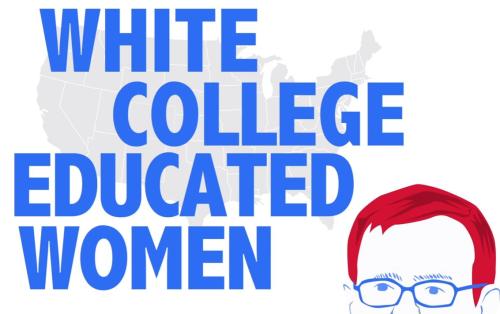
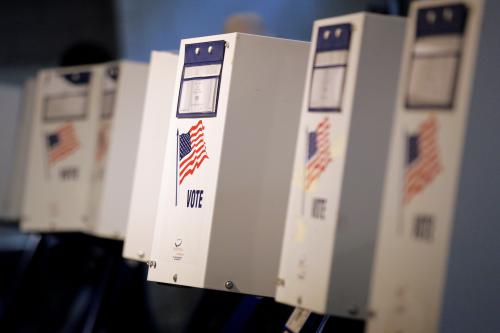
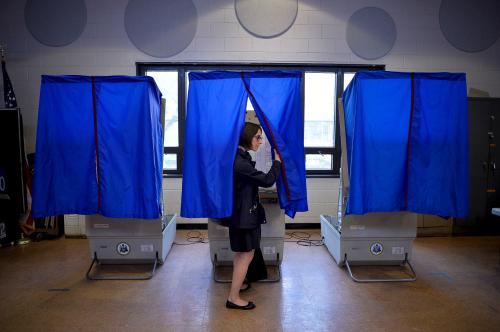
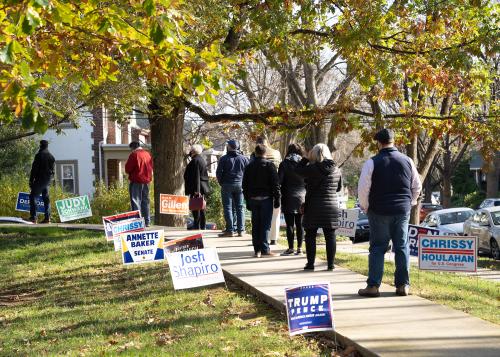
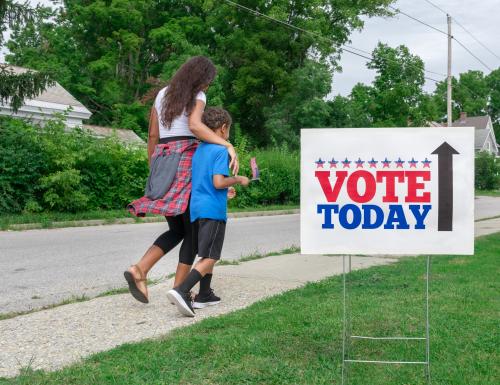

Commentary
Educated white women could trigger a decisive Trump defeat
August 16, 2016